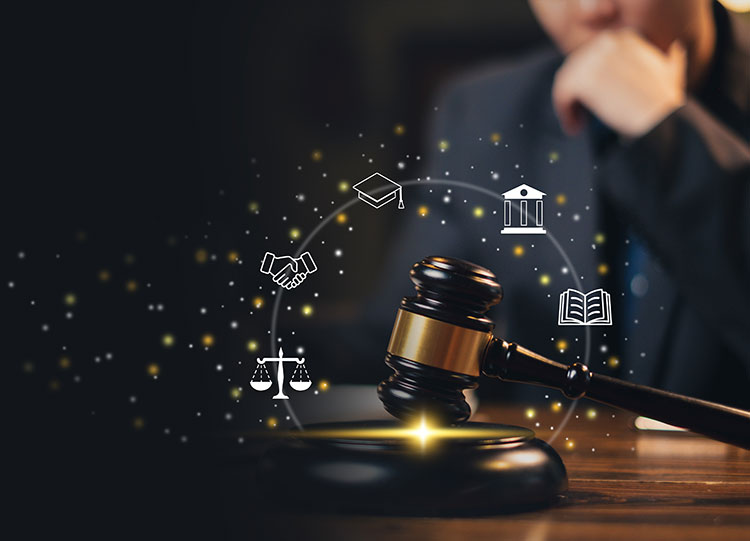Bringing Clarity to the Courtroom with Legal Art
Bringing Clarity to the Courtroom with Legal Art
Blog Article

Modern litigation demands clear, engaging presentation of evidence. Legal teams increasingly use illustration to explain events, scenes, and processes. LawFX specializes in producing precise, strategic visuals for trial and pre-trial support.
Understanding Courtroom Visuals
Unlike media sketches, these visuals aim to explain—not just depict—key scenes or events from a case. They may include accident reconstructions, injury depictions, or medical procedure visuals. LawFX ensures each piece aligns with legal standards while enhancing testimony.
The LawFX Approach to Legal Illustration
Their illustrations are custom-built after consulting with lawyers, witnesses, and experts. Whether for trial, mediation, or depositions, their visuals enhance legal messaging across the board.
How Legal Illustrations Improve Trials
In court, time is short and information check here is dense. An effective illustration can support or even replace lengthy explanations. This improves juror retention and creates stronger emotional impact during trial.
Visual Tools in Trial: A Breakdown
Trial graphics often include text, timelines, or bullet-point summaries. LawFX often combines both to deliver a unified, persuasive presentation strategy.
Practice Areas That Rely on Courtroom Visuals
Litigation consultants recommend illustrations to anchor complex arguments. LawFX also serves mediators and arbitration teams seeking visual clarity during settlement talks.
Where Trial Illustrations Make a Difference
Jurors can see what happened instead of just hearing it. LawFX's expertise helps clarify these high-stakes issues through careful illustration.
The Illustration Process at LawFX
Next, they collect evidence, photos, expert reports, and medical records. Drafts are created and reviewed with the legal team for accuracy. This collaborative method ensures that every visual is effective, precise, and courtroom-approved.
Illustration’s Role in Juror Decision-Making
Most jurors are unfamiliar with technical language or specialized procedures. Visual storytelling keeps jurors focused and makes complicated testimony easier to follow.
Standards for Courtroom Illustration
They collaborate with experts to confirm that each illustration reflects actual evidence. Avoiding exaggeration or misleading design ensures their work withstands scrutiny and contributes to trial success.
How Legal Art Supports Mediation and Arbitration
They show the strength of a case in ways that copyright cannot. Attorneys use them to influence settlement terms or simplify complex arguments during mediation.
Common Questions About Legal Illustration
What visuals do you create? Courtroom illustrations, trial graphics, 3D models, and digital presentations.
Are they admissible? Yes—they meet evidentiary standards and are reviewed with experts.
What’s the difference between illustrations and trial graphics? Graphics show data; illustrations show events or scenes.
Where can they be used? In court, settlement, depositions, and mediation.
How long does it take? Simple visuals take days, complex ones may take 1–2 weeks.
Why Courtroom Illustrations Matter
They’re no longer optional—they’re essential. LawFX stands out by combining artistic talent with legal understanding.
Report this page